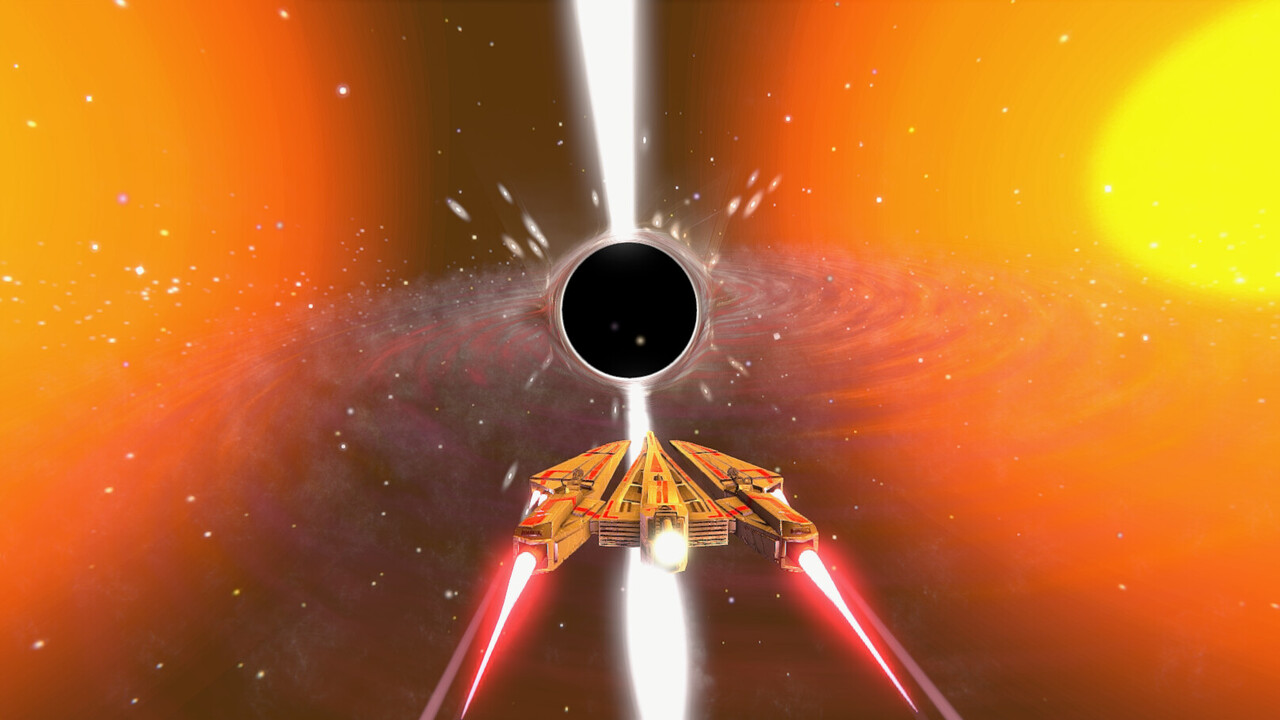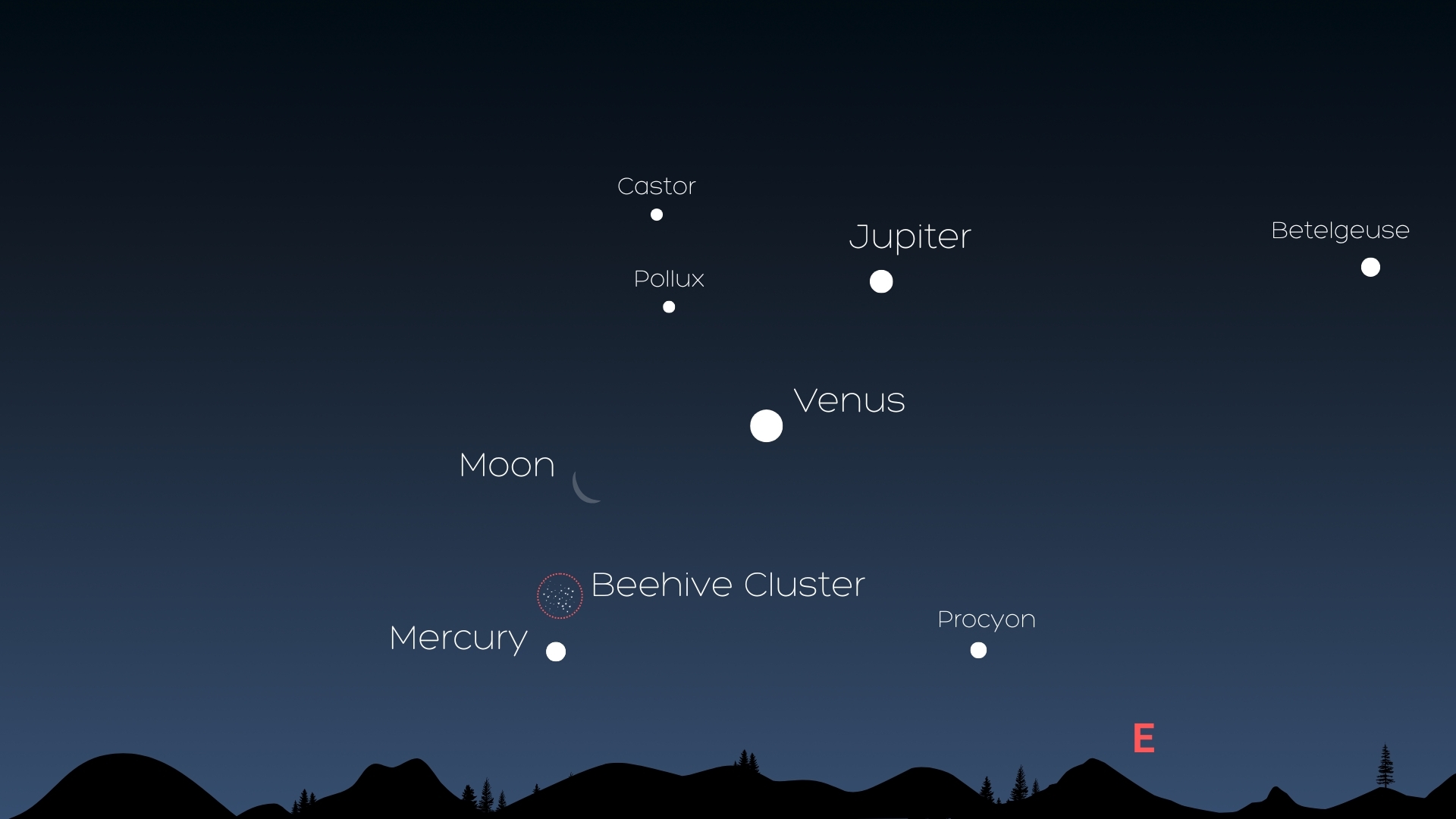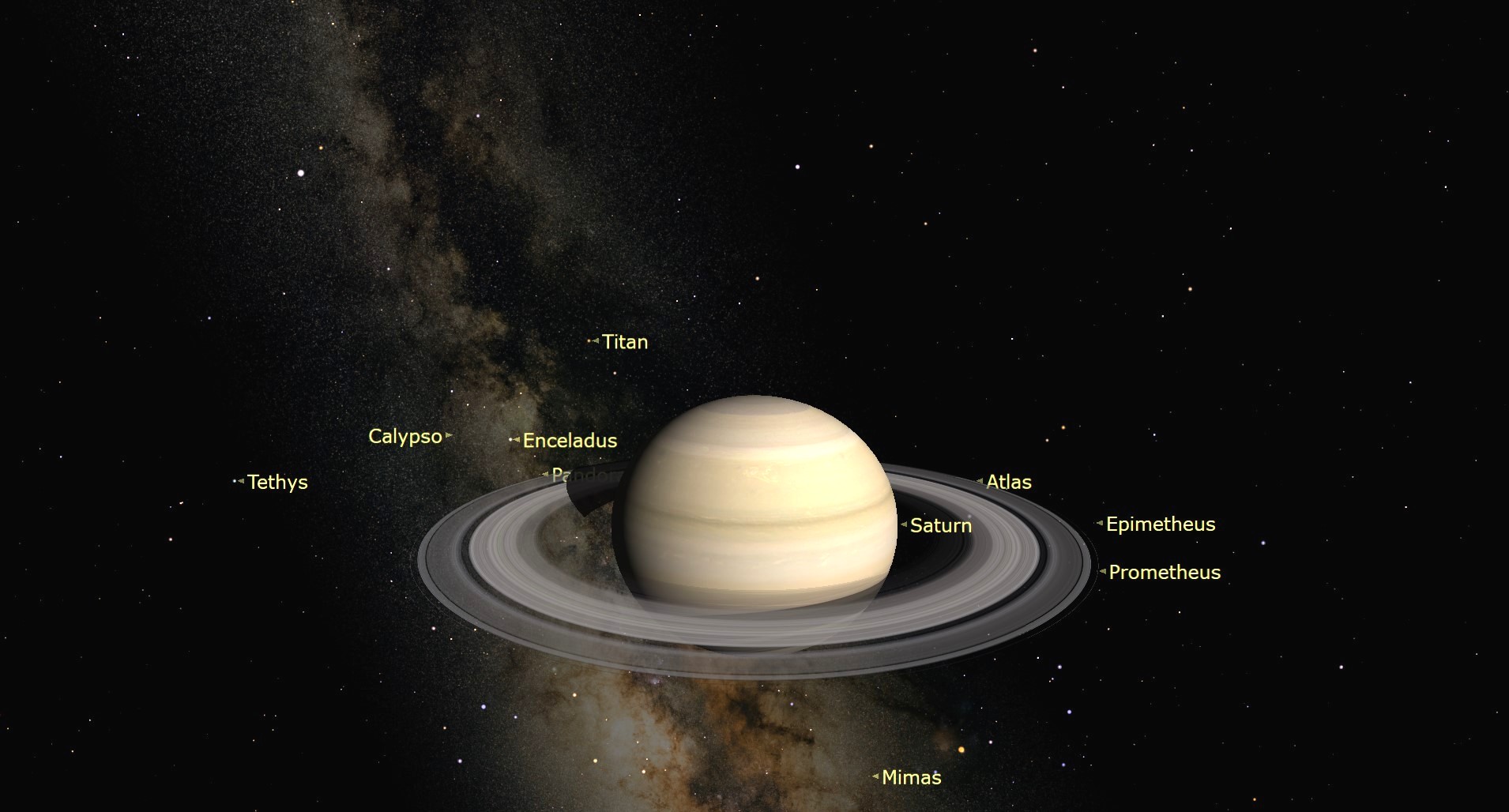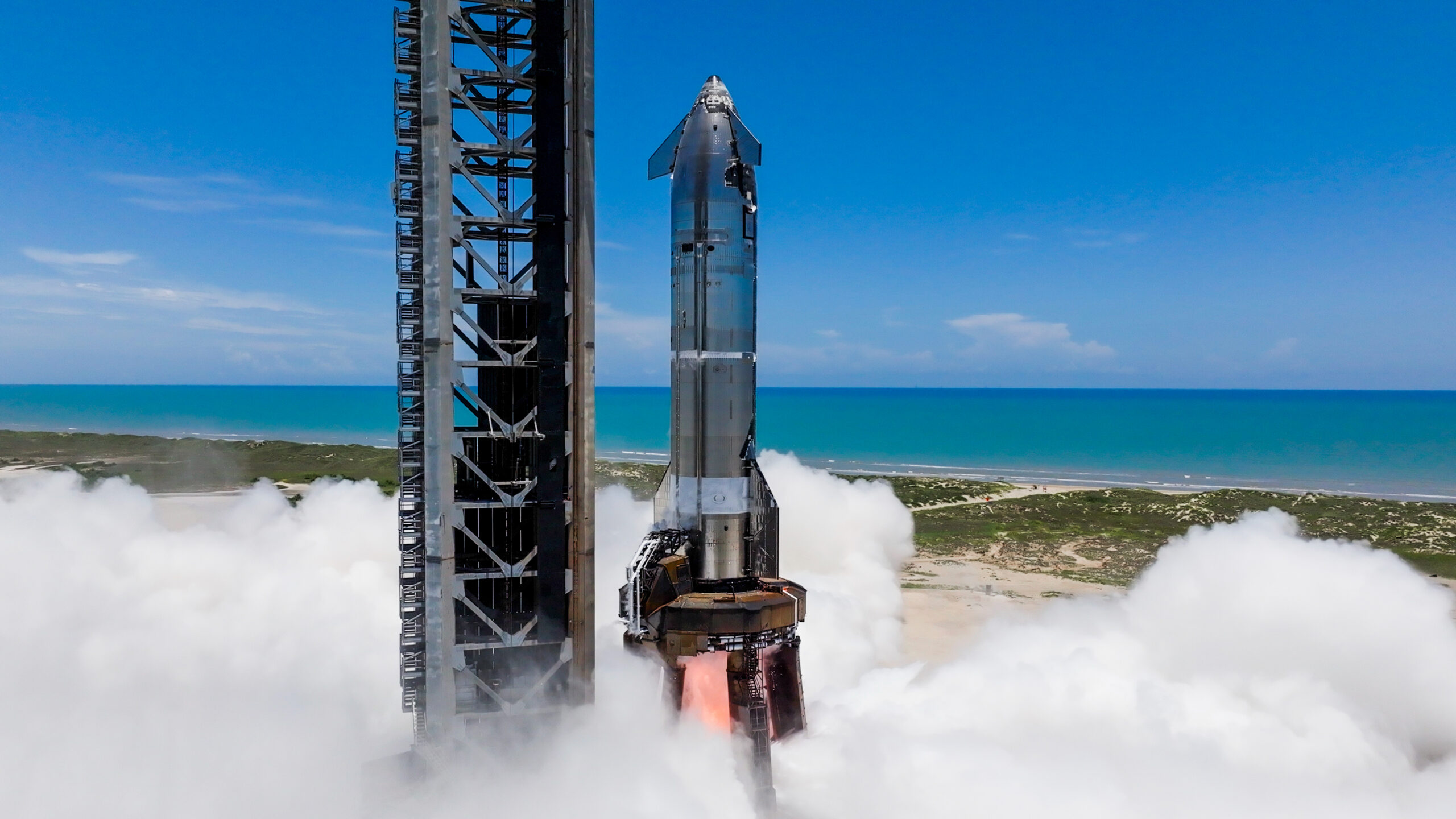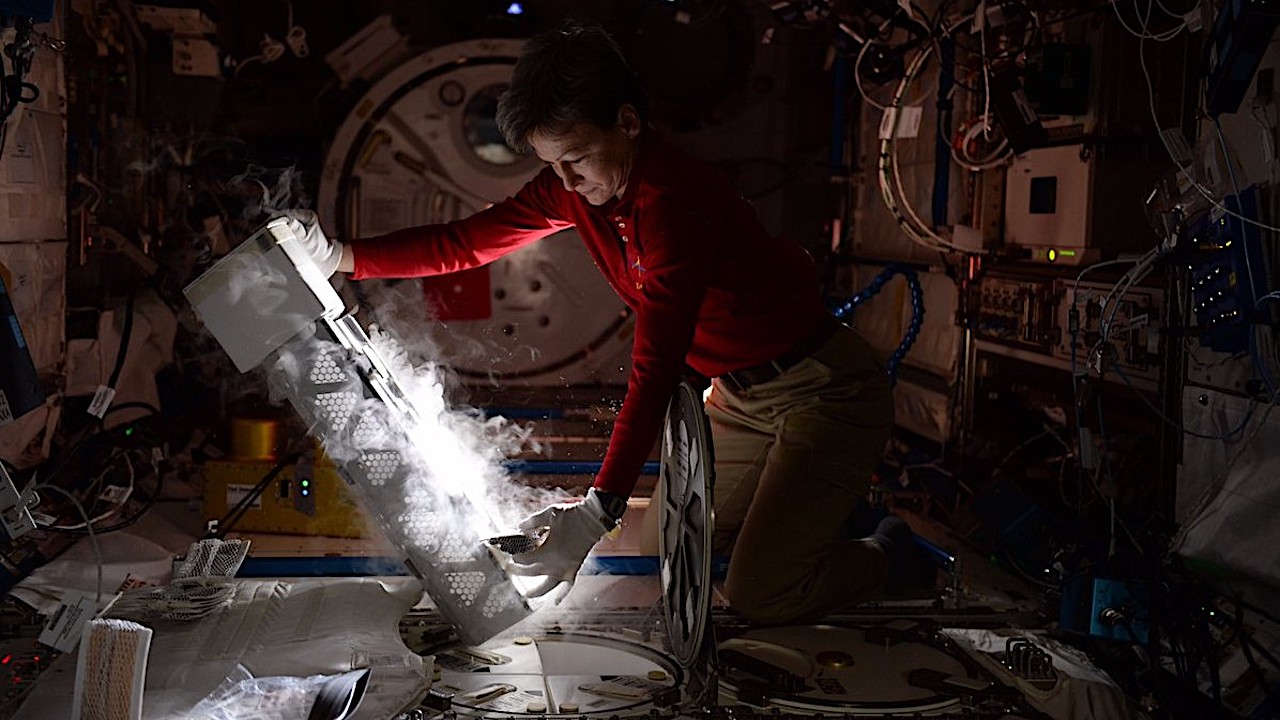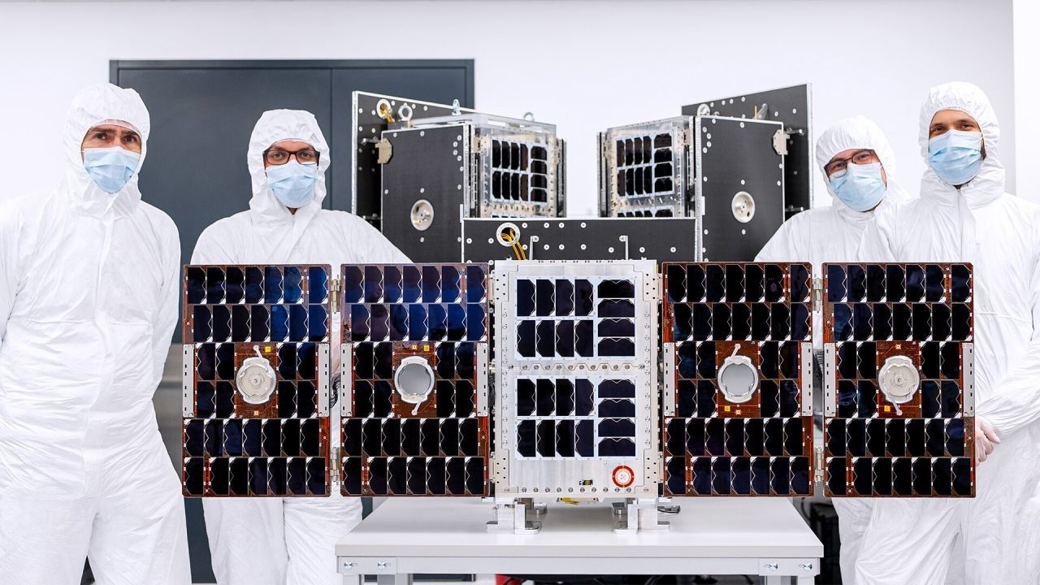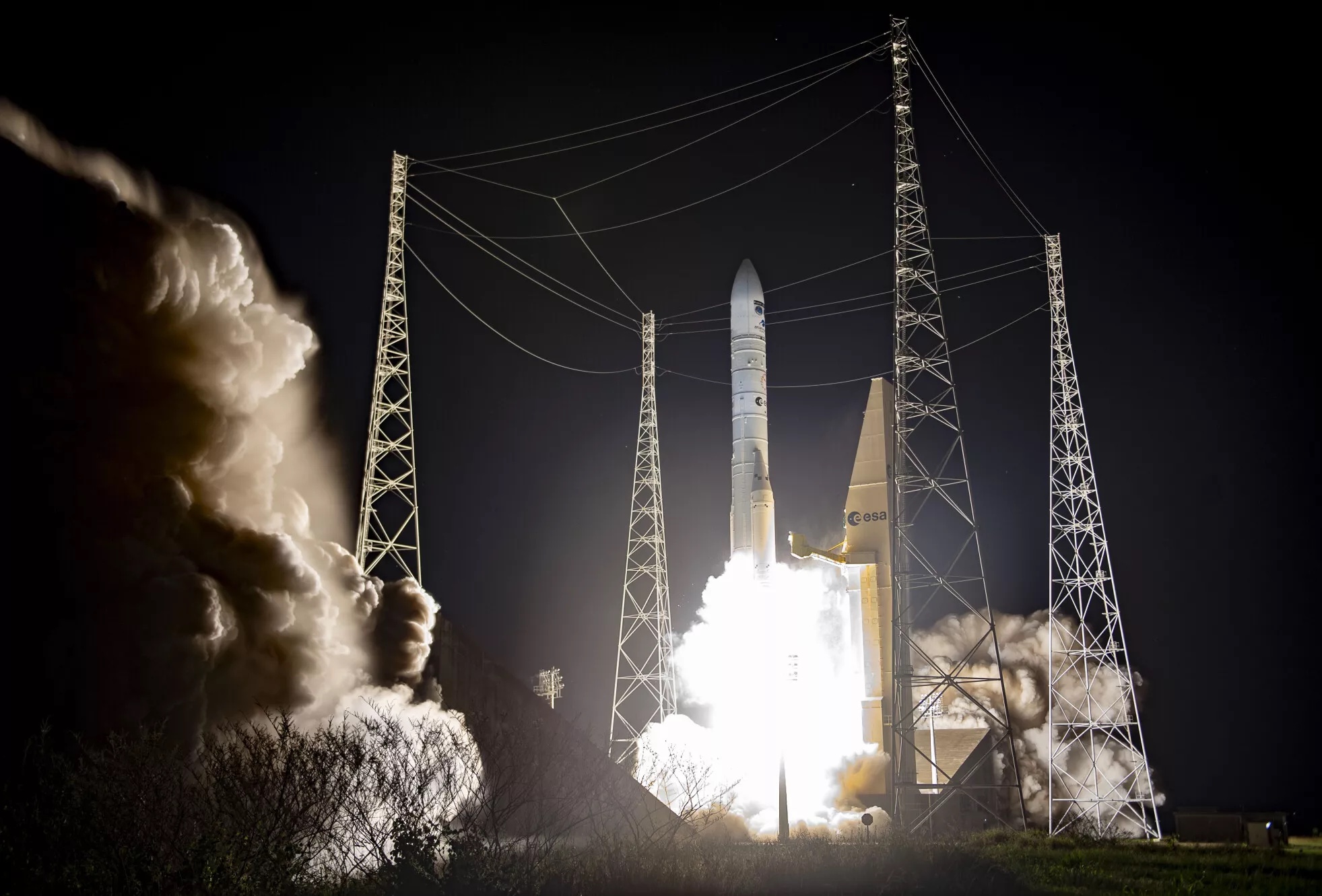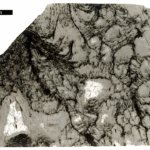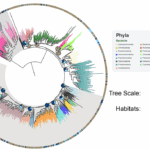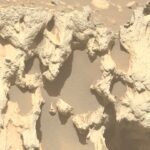Space is one of the most popular settings for video games, and it’s easy to see why. The wonder, the mystery, and getting to fly awesome spaceships. We’re focusing on
Hot Posts482- Page
Isaac Asimov (1920-1992), a legendary writer of science and science fiction, once noted in “The Solar System and Back,” that the planet Mercury is rarely visible when it is truly
Explore This Section Overview Science Science Findings Juno’s Orbits Spacecraft People Stories Multimedia JunoCam Images Jupiter hosts the brightest and most spectacular auroras in the Solar System. Near its poles,
The Return of the Malik – The Wild Proposals on NASA’s Table – YouTube Watch On On Episode 173 of This Week In Space, Rod Pyle and and Tariq Malik
Prepare to journey to the sixth planet from the Sun — Saturn, the celestial jewel of our solar system. Known for its breathtaking rings and fascinating moons, Saturn has long
SpaceX just fired up its newest Starship spacecraft on Thursday (July 31), to help prep the vehicle for an upcoming test flight. The company conducted a “static fire” trial with
The abstract in PubMed or at the publisher’s site is linked when available and will open in a new window. Matheson BE, Walle M, Liphardt A-M, Hulme PA, Heer M,
TAMPA, Fla. — Norway’s Kongsberg Defence & Aerospace (KDA) is preparing to expand its small satellite footprint over the Arctic amid rising surveillance and communications needs in the increasingly strategic
SALT LAKE CITY — An Ariane 6 successfully launched a European weather satellite with an Earth science hosted payload Aug. 12 in the third flight of that vehicle. To continue
Curiosity Navigation Curiosity Home Mission Overview Where is Curiosity? Mission Updates Science Overview Instruments Highlights Exploration Goals News and Features Multimedia Curiosity Raw Images Images Videos Audio Mosaics More Resources
-
 012024 in Review: Highlights from NASA in Silicon Valley
012024 in Review: Highlights from NASA in Silicon Valley -
 02Panasonic Leica Summilux DG 15mm f/1.7 ASPH review
02Panasonic Leica Summilux DG 15mm f/1.7 ASPH review -
 03How New NASA, India Earth Satellite NISAR Will See Earth
03How New NASA, India Earth Satellite NISAR Will See Earth -
 04And Thus Begins A New Year For Life On Earth
04And Thus Begins A New Year For Life On Earth -
 05Astronomy Activation Ambassadors: A New Era
05Astronomy Activation Ambassadors: A New Era -
06SpaceX launch surge helps set new global launch record in 2024
-
 07Space Force plans new ‘Futures Command’ amid pressure to speed up modernization
07Space Force plans new ‘Futures Command’ amid pressure to speed up modernization


